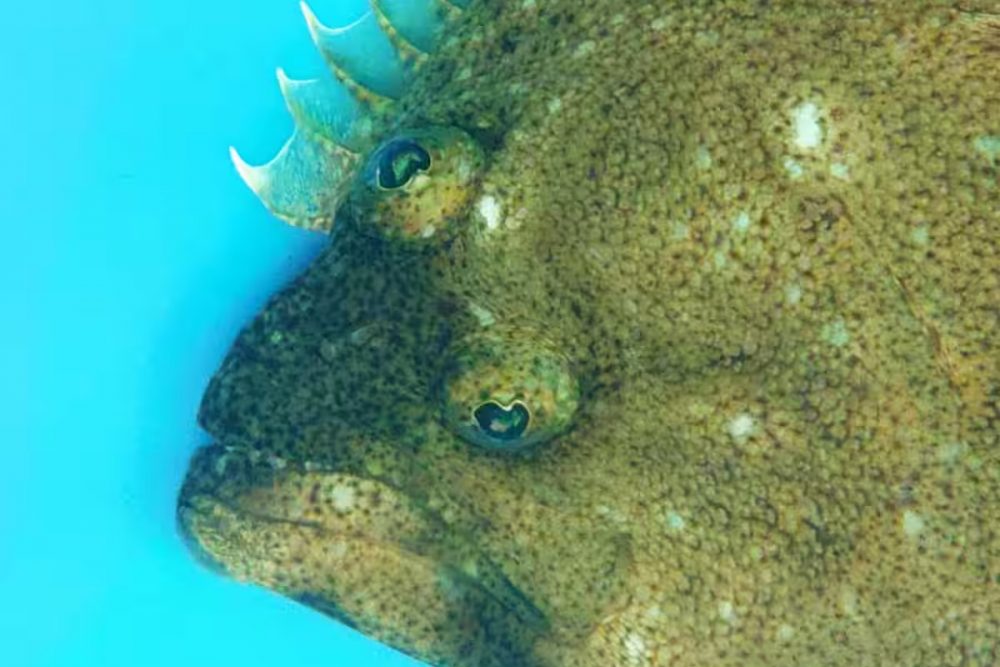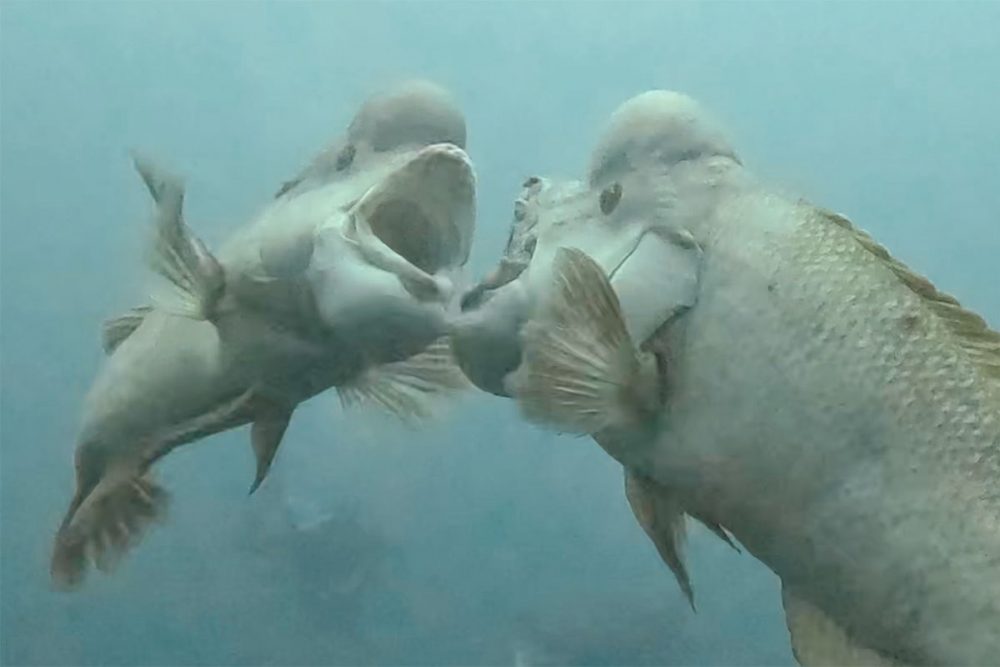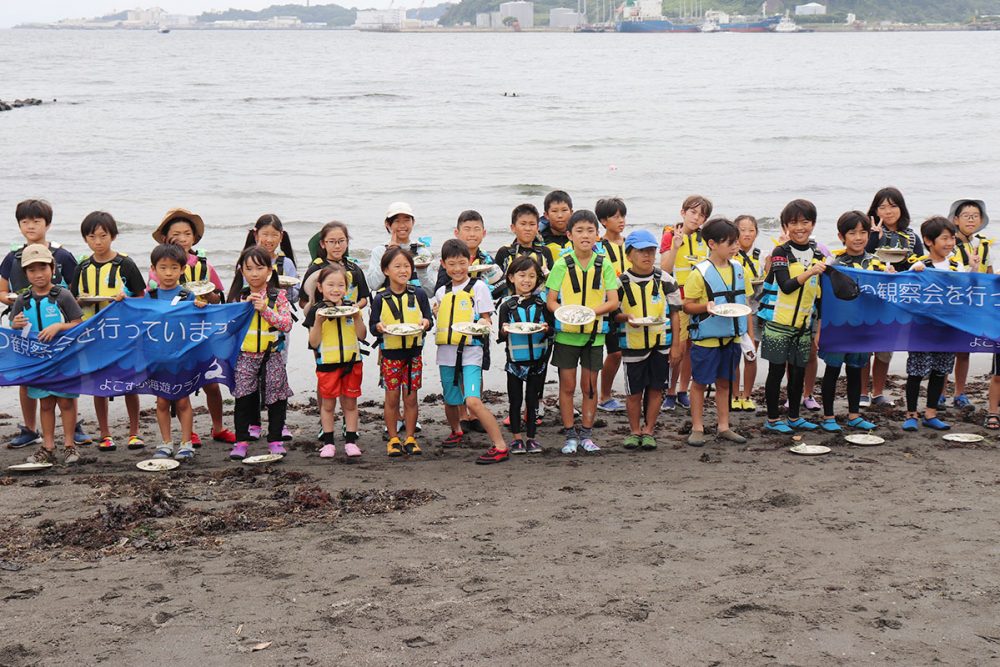'Super-Invasive' Fish: Environmental DNA Study Reveals Ecosystem Threat
Environmental DNA analysis has revealed a 'super invasive' fish spreading in Miyazaki Prefecture's Oyodo River and threatening native and endangered species.
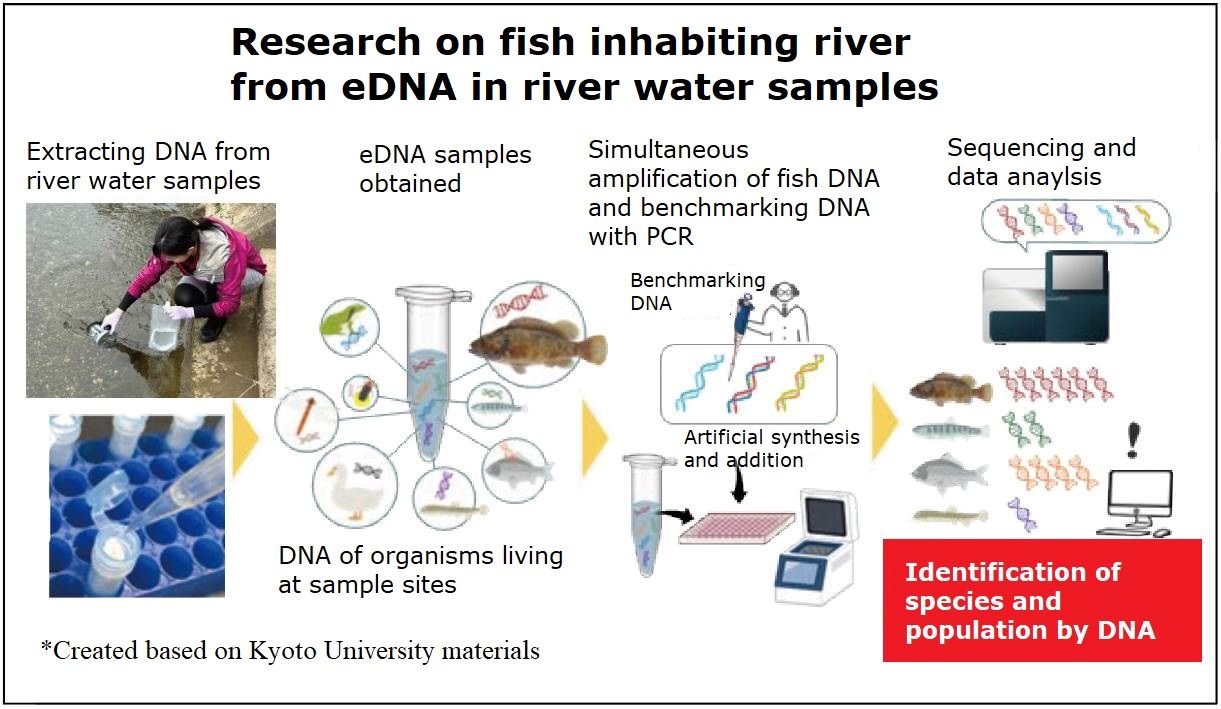
このページを 日本語 で読む
Environmental DNA (eDNA) research out of Kyoto University revealed the rapid proliferation of a super invasive non-native fish species in Japan's natural environment. The species was first confirmed in Japan in 2017. A predatory species native to the Korean Peninsula, the fish poses a significant threat to river ecosystems and their endangered native species. The research team warns of the severity of the situation, urging immediate action to prevent further spread.
eDNA Analysis of River Water
Environmental DNA (eDNA) refers to trace amounts of DNA present in natural environments such as oceans, rivers, air, and soil. In aquatic environments, eDNA originates from the excretions and mucus of resident organisms. By collecting and analyzing seawater or river water, scientists can determine the species living in the surrounding area. Recent advancements in eDNA metabarcoding allow for the identification of multiple species and the size of their communities in a single analysis.
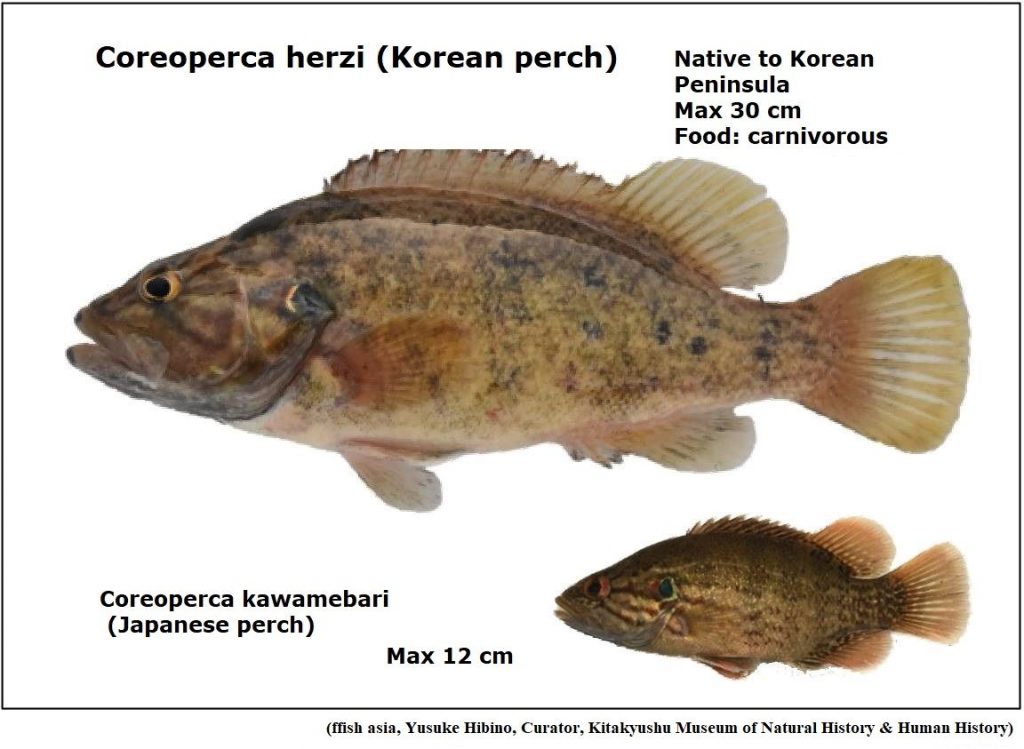
Using this cutting-edge technology, the research team conducted an eDNA survey in the Oyodo River system in Miyazaki Prefecture, focusing on the Korean Perch (Coreoperca herzi). This freshwater fish native to the Korean Peninsula was first detected in the upper tributaries of the river in 2017.
Unlike its Japanese relative (Coreoperca kawamebari), which grows to about 12 cm in length, the Coreoperca herzi can grow up to 30 cm. Its strong carnivorous diet has raised concerns about the fish's impact on the ecosystem.
In May 2023, researchers collected one-liter surface water samples at 55 locations upstream of the Oyodo River's first dam. They filtered the water and extracted eDNA. Artificially synthesized benchmarking DNA was then added, a standard practice for accurate measurement of eDNA concentrations. Using PCR, they amplified the DNA for easier sequencing and analysis to determine the species inhabiting each sampling site.
Widespread Proliferation
Survey results confirmed the presence of 29 fish species in the upstream areas of the Oyodo River. DNA from the Coreoperca herzi was detected at 39 of 55, or 71% of locations. The fish's extensive spread throughout the main river and almost all tributaries was confirmed. This rapid proliferation has occurred in just six years since the species was first identified in Japan.
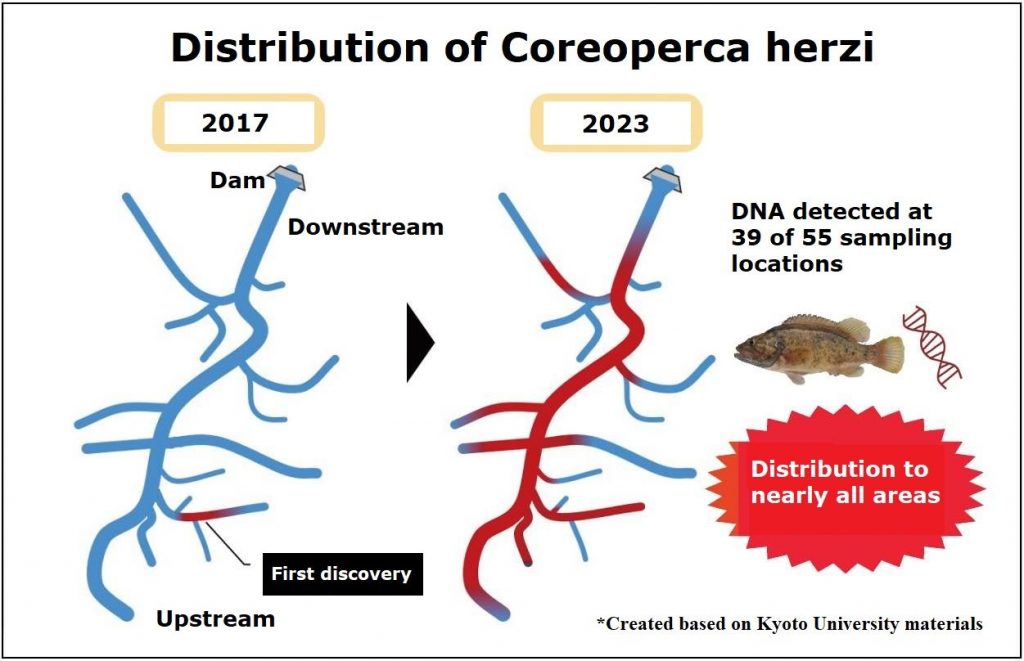
Analysis of eDNA concentrations also revealed that sites with high Coreoperca herzi populations had a less abundant population of nine small fish species, such as gudgeon and gobies, likely due to predation.
The team did a follow-up survey to examine the Coreoperca herzi's stomach. They confirmed that it preys not only on slow-moving fish on the river bottom, but also on chubs and other fast-swimming fish, aquatic insects, and shrimp, indicating its wide-ranging diet.
Endangered Pond Loach at Risk
The Coreoperca herzi also preys on endangered fish species. The endemic Cobitis sakahoko, a spined loach, has significantly declined in the Oyodo River since the Korean perch arrived. Classified as Endangered (Category IB) on the Ministry of the Environment's Red List, the loach's eDNA was found in extremely low concentrations at only six locations, suggesting it is nearing extinction. All six locations also had Coreoperca herzi eDNA, highlighting the threat posed by the invasive fish.
So why did the Coreoperca herzi, normally found only on the Korean peninsula, end up in the Oyodo River? Assistant Professor Satsuki Tsuji of Kyoto University, who led the survey, shared her suspicions. "Pet fish or Korean perch raised for sale were likely released into the river when they became too large to handle," she said.
Given its rapid reproduction, aggressive nature, and large size, the Coreoperca herzi poses a severe threat to native species in Japan's rivers. Currently, the fish has only been confirmed in the Oyodo River system, but preventing its further spread is crucial. Measures to monitor and eradicate the species, including its designation as an invasive species, must be considered.
"The Korean perch's high level of invasiveness in Japan's freshwater ecosystems is evident. The situation is extremely grave. We are continuing our surveys and request that people inform us if they see this fish outside the Oyodo River system," Tsuji emphasized.
このページを 日本語 で読む








